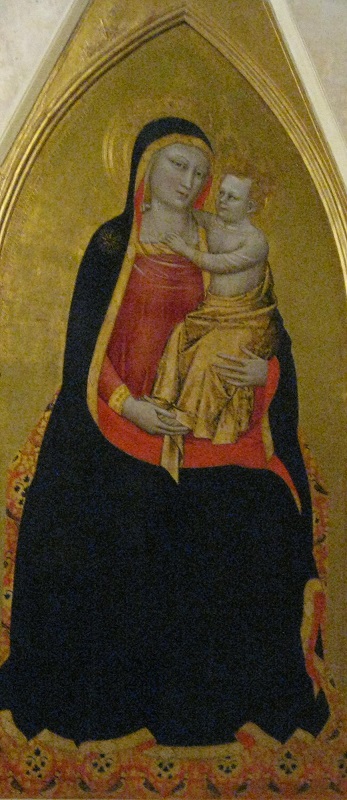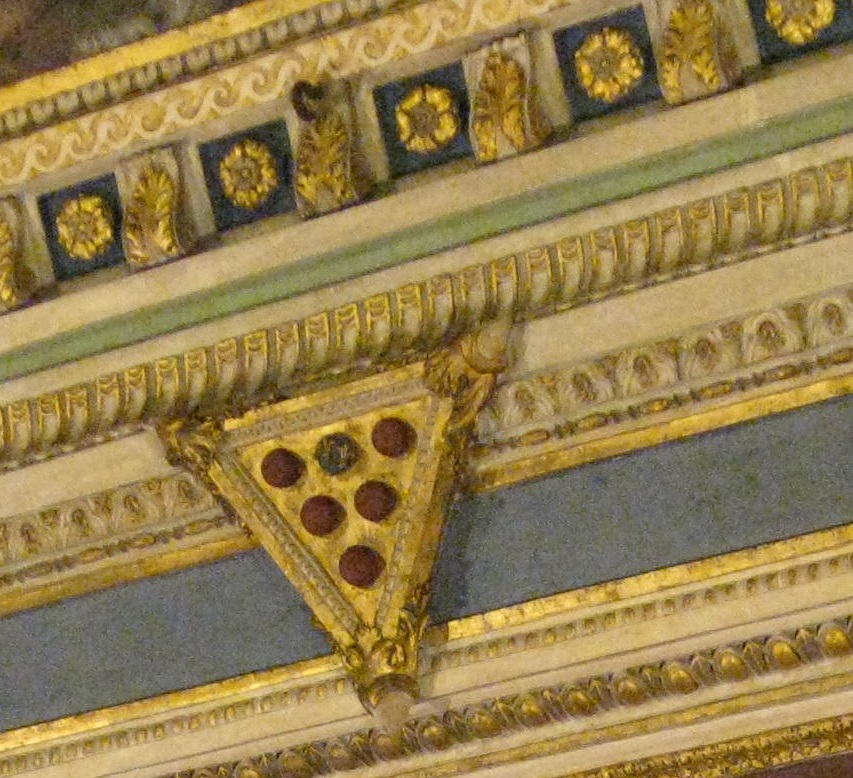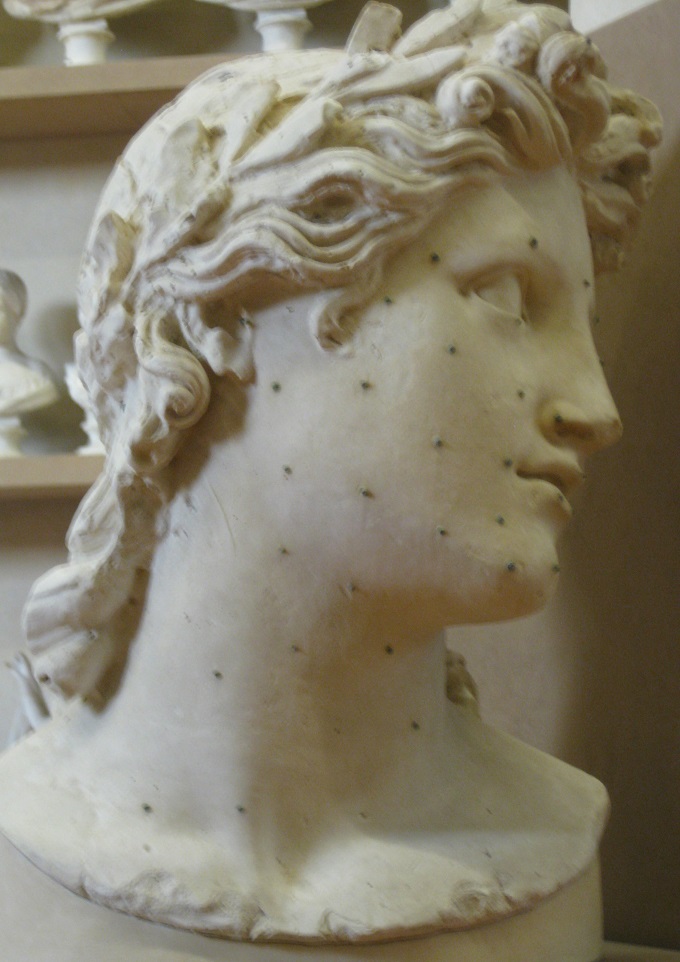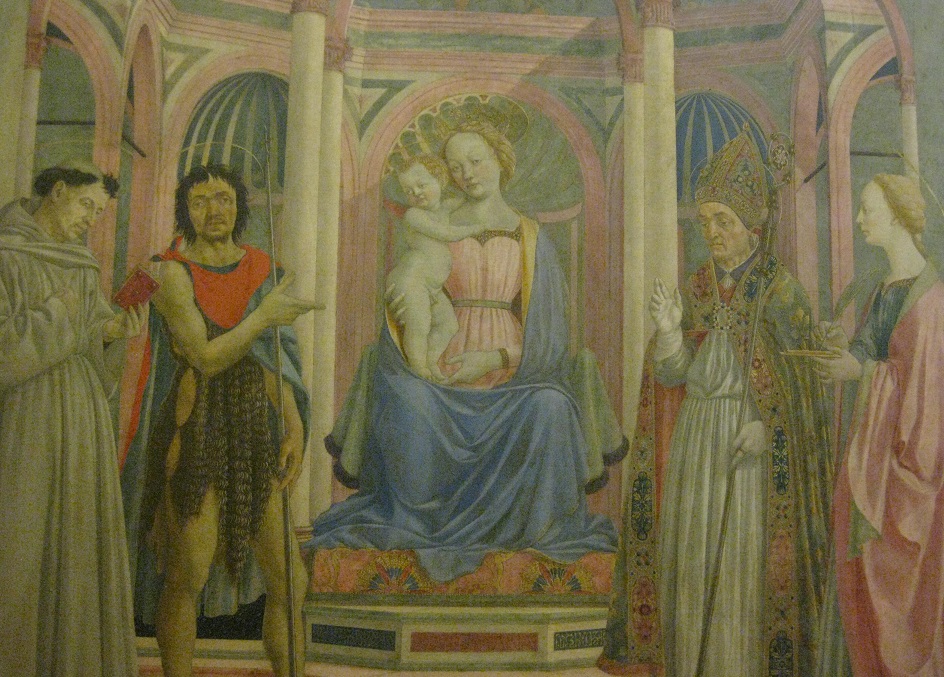Please know that these are honest questions not intended  to offend anyone. I don’t have as robust an education in theology and religion as many others do, so these were things I was legitimately curious about and looked up.
to offend anyone. I don’t have as robust an education in theology and religion as many others do, so these were things I was legitimately curious about and looked up.
Q: Why do most paintings of the Virgin and Baby – of which I have seen 70 in Florence alone – have the Baby on Mary’s left side? Isn’t left considered evil? (The word for left in Italian is sinistre!)
A: The only thing I’ve been able to find is that women naturally tend to hold babies on their left side. This is because it makes it easier for the mom’s right side of the brain to see and interpret baby’s mood and needs. I have trouble with this explanation because most Renaissance artists were male and even if they had noticed, would have no reason to apply this information to their work. Maybe one artist started a trend?
Q: How did coats of arms develop? The one for the Medici family seems to be a shield with red orbs on it, making it look kind of silly. (We even saw one in the shape of a  triangle instead of a shield, and that just looked like pepperoni pizza.)
triangle instead of a shield, and that just looked like pepperoni pizza.)
A: Apparently, no one knows the actual origin of the Medici coat of arms. All the theories described here, from red pills to dents in a shield, sound far-fetched to me. For all we know, they could have been the original pepperoni pizza makers – if only Italians actually ate pepperoni pizza, or if cook had ever been a prestigious position.
Q: Why, in some paintings of the crucifixion, are angels catching Jesus’ gushing blood in what look like wine goblets?
A: This source claims that this blood in chalices “anticipat[es] the sacrament of the Eucharist: the bread and the wine as the body and the blood of Christ.” So, the art appears to be looking at the crucifixion from the present day, as if foreshadowing elements which had since become important in Christianity.

Q: Why do some (marble?) busts have thin black nails hammered into them in strategic places?
A: No idea, and I’m not finding any good answers online. Let me know if you know the answer!
Q: Upon what are portrayals of Mary based? I was under the impression that she was quite young and Jewish, but many paintings portray her as in her 20s or 30s, with blonde hair.
A: Many claim that  this is a case of the artist representing his world view and experiences into his work, portraying his subject as his family and neighbors appeared. However, another source identifies the first mention of Mary being blond as coming from a vision described by a Swedish Saint named Bridget in 1373. I imagine that the age part has more to do with local customs about what was acceptable, along with the association of wisdom with age – and with Mary.
this is a case of the artist representing his world view and experiences into his work, portraying his subject as his family and neighbors appeared. However, another source identifies the first mention of Mary being blond as coming from a vision described by a Swedish Saint named Bridget in 1373. I imagine that the age part has more to do with local customs about what was acceptable, along with the association of wisdom with age – and with Mary.



I always assumed that blonde Mary was like white Jesus– the church/artists wanting to represent them as most similar to their audience. (Or ignorant to the fact they were middle eastern? Lol)
Pingback: What We Saw in Florence | Novelty Buffs